Garments and textile heads demand assistance
Truong said that in 2022-2023, major textiles exporters such as China, Vietnam, India, Bangladesh, and Turkey had all seen growth.
In that period, all of the above countries, excluding Vietnam, depreciated their domestic currencies to support exports. Turkey depreciated its currency the most, cutting its currency in half, with Bangladesh devaluing by 21 per cent, and China by 11 per cent.
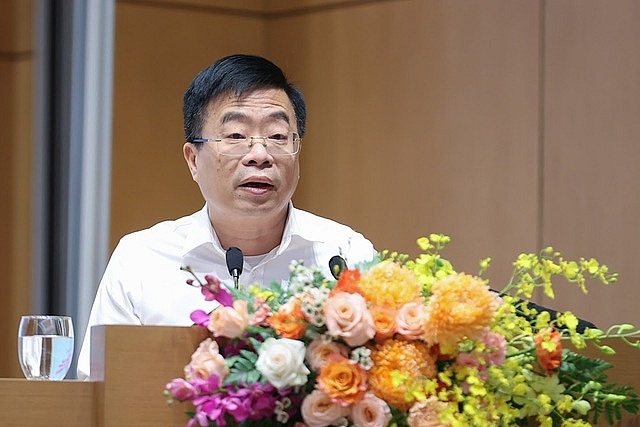 |
| Le Tien Truong, chairman of Vinatex |
As a result, Vietnam's textile products have been 15 per cent more expensive than other countries in the top five. "This is also the reason why in 2022 and 2023, Vietnam's garment exports fell by 10 per cent, representing the largest decrease among the five major textile exporting countries," Truong said.
The common interest rate level of these countries is at 3.5 per cent. In Vietnam and at Vinatex, the average loan level is about 7 per cent for businesses with good credit and about 9 per cent for businesses without. Vietnam has the most positive real interest rates among this group.
Truong provided data related to Vinatex's financial status from the past five years. Specifically, the interest rate paid to banks in 2023 (on the consolidated report) increased by 10 per cent on year, while the total outstanding debt declined by 11 per cent.
"This means the cost is more compared to 2022, and interest payable surged by 30 per cent compared to 2021. Based on current credit contracts in the first two months of 2024, the total interest payable in 2024 is not expected to be lower than in 2023," according to Trung.
Truong explained that it is not very difficult for them to access credit, but during the past 18 months, the raw material production industry has been struggling. "The garment and textile industry worldwide, including Vietnam, is lost. In 2022, it was easy to access capital, which became increasingly difficult in 2023, and especially challenging at the end of 2023 and early 2024," he urged.
Banks are currently cutting loans for companies, or requiring 100 per cent collateral for short-term loans. The interest rate and credit policy is about 7 per cent for state-owned joint stock commercial banks, and about 9 per cent for non-state-owned joint stock commercial banks.
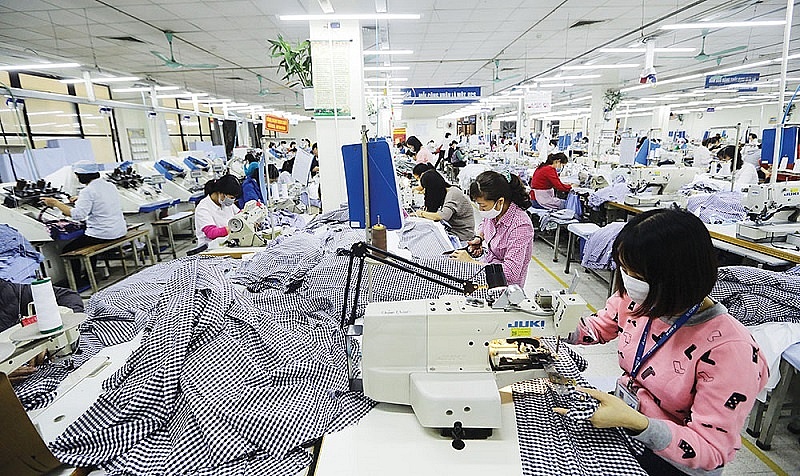 |
Interest rates are currently falling, but disbursement is proving difficult. The market is also much more competitive than it has been in the previous two years as China reopens for business. By the end of last year, China's textile industry's capacity had reached 60 per cent.
China has also supported electricity prices at 4 cents/kWh for the industry, equivalent to half of Vietnam's prices, and 50 per cent for domestic transportation prices, since last March. Bangladesh does not require health insurance and offers a very low minimum wage of $15 per month.
Trung went on to say, "150,000 employees are working in this industry, with around $1 billion paid out in salaries, and about $500 million spent on electricity every year. It is therefore necessary to support producers this year by not reducing credit limits and not requiring fixed collateral."
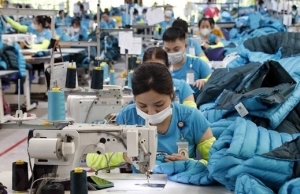 | Optimistic signs seen in exports of garment-textile sector Enjoying a rise in orders, the garment and textile sector is optimistic about the completion of its target of earning 44 billion USD in export revenue set for this year. |
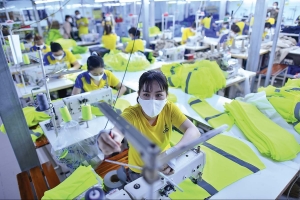 | Green transition creating challenges for garments and textiles SMEs Vietnam has signed 16 free trade agreements (FTAs) with the international community, creating the conditions for firms to expand into new markets and boost profitability, while also posing numerous challenges with their increasingly stringent 'green growth' requirements. |
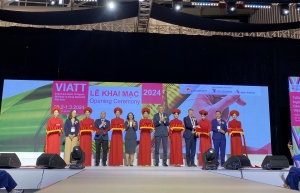 | Vietnam International Textile and Garment Industry Exhibition attracts more than 500 tenants More than 500 domestic and foreign enterprises are participating in the Vietnam International Textile and Garment Industry Exhibition (VIATT 2024) taking place from February 28 to March 1 at the Saigon Exhibition and Convention Centre in Ho Chi Minh City. |
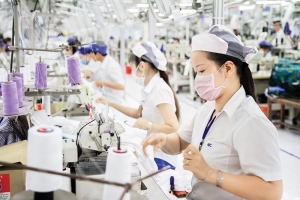 | Textile apparel exporters proactive in tackling issues Global economic headwinds herald a challenging year ahead for textile apparel export, forcing firms in the sector to embrace flexible remedies. |
What the stars mean:
★ Poor ★ ★ Promising ★★★ Good ★★★★ Very good ★★★★★ Exceptional
Related Contents
Latest News
More News
- Businesses ramp up production as year-end orders surge (December 30, 2025 | 10:05)
- Vietjet chairwoman awarded Labour Hero title (December 29, 2025 | 13:06)
- How to unlock ESG value through green innovation (December 29, 2025 | 10:03)
- AI reshapes media and advertising industry (December 29, 2025 | 08:33)
- FPT and GELEX sign deal to develop blockchain tech for global markets (December 29, 2025 | 08:29)
- Vietnam’s GDP forecast to grow by 9 per cent in 2026 (December 29, 2025 | 08:29)
- Women entrepreneurs are key to Vietnam’s economic growth (December 29, 2025 | 08:00)
- Vietnam's top 500 value-creating enterprises announced (December 27, 2025 | 08:00)
- The PAN Group shaping a better future with ESG strategy (December 26, 2025 | 09:00)
- Masan Consumer officially lists on HSX, marking the next phase of value creation (December 25, 2025 | 13:20)

 Tag:
Tag:


























 Mobile Version
Mobile Version